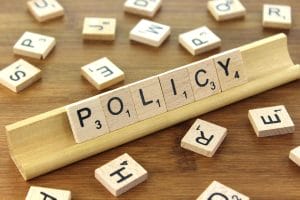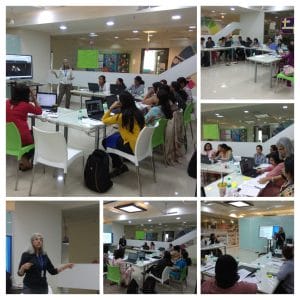
Research Image by Gifer under Fair Use Guidelines
Recently, a fellow librarian from a local Indian school asked me – How can librarians teach and support students research skills? How can librarians engage and collaborate with teachers?
I believe the local curriculum in Indian schools have always encouraged project work, and I believe that librarians can seize this opportunity to teach students how to research explicitly. They can collaborate with the subject teachers to teach research skills to the students in a systematic manner, encouraging higher order thinking. The open-ended questions will help students to think and write rather than copy and pasting information from Wikimedia or other websites. The question often asked of me is – what research model can I as a librarian use and recommend? There are several research models, and they can be found on the internet. One of them is the Super 3 for lower elementary students and the Big 6 for older students.
I would recommend one to look at various models and select the one the one that best suits your students. You can always tweak/adapt a research model to meet your needs. Each of the research steps needs to be explicitly taught and practiced through mini-lessons.
Here are the research steps that you may want to consider:
- Framing open-ended questions
- Locating information and selecting appropriate print and digital resources
- Evaluate the sources using CRAAP or CARS
- Using information by reading, taking notes and paraphrasing
- Synthesizing the information
- Citing the sources used in the research
- Presenting and sharing
- Finally, reflecting on knowledge and presentation
It is during inquiry or project time when librarians can help students develop the 21st-century skills of collaboration and teamwork, critical thinking, research skills and communication while learning through the transdisciplinary approach. Should you be looking for handholding sessions to help you demystify this process, please email me, and we can work together.

